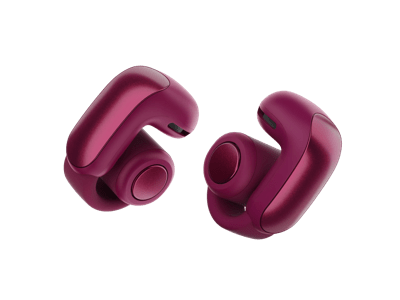What is a headphone driver?
Different types of drivers
Dynamic drivers
Balanced armature drivers
Planar magnetic drivers
Electrostatic drivers
Bone conduction drivers
Piezoelectric drivers
The best of both worlds
Driver sound issues
The choice is yours
Featured in this story
Color:
Diamond 60th Edition
Color:
Sandstone






